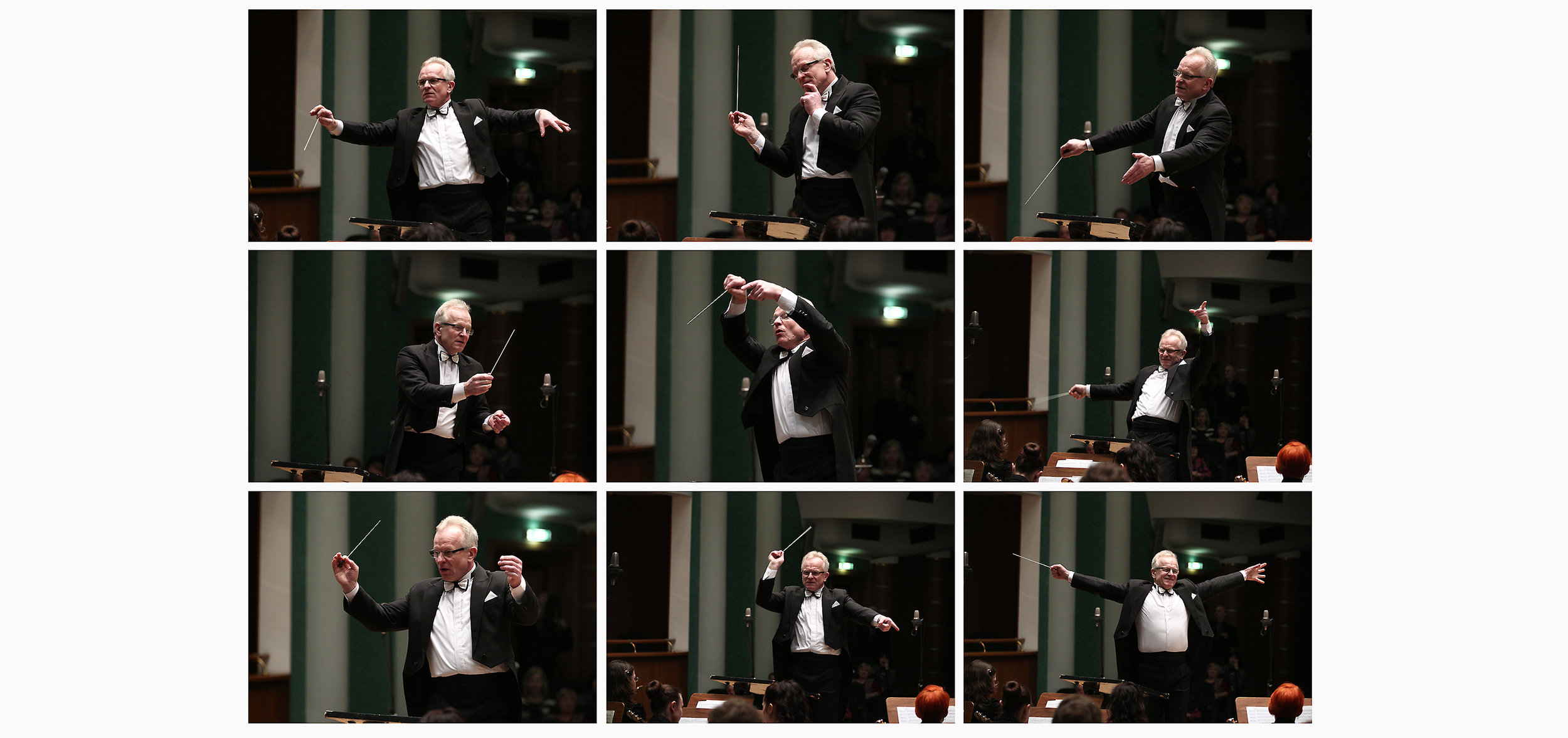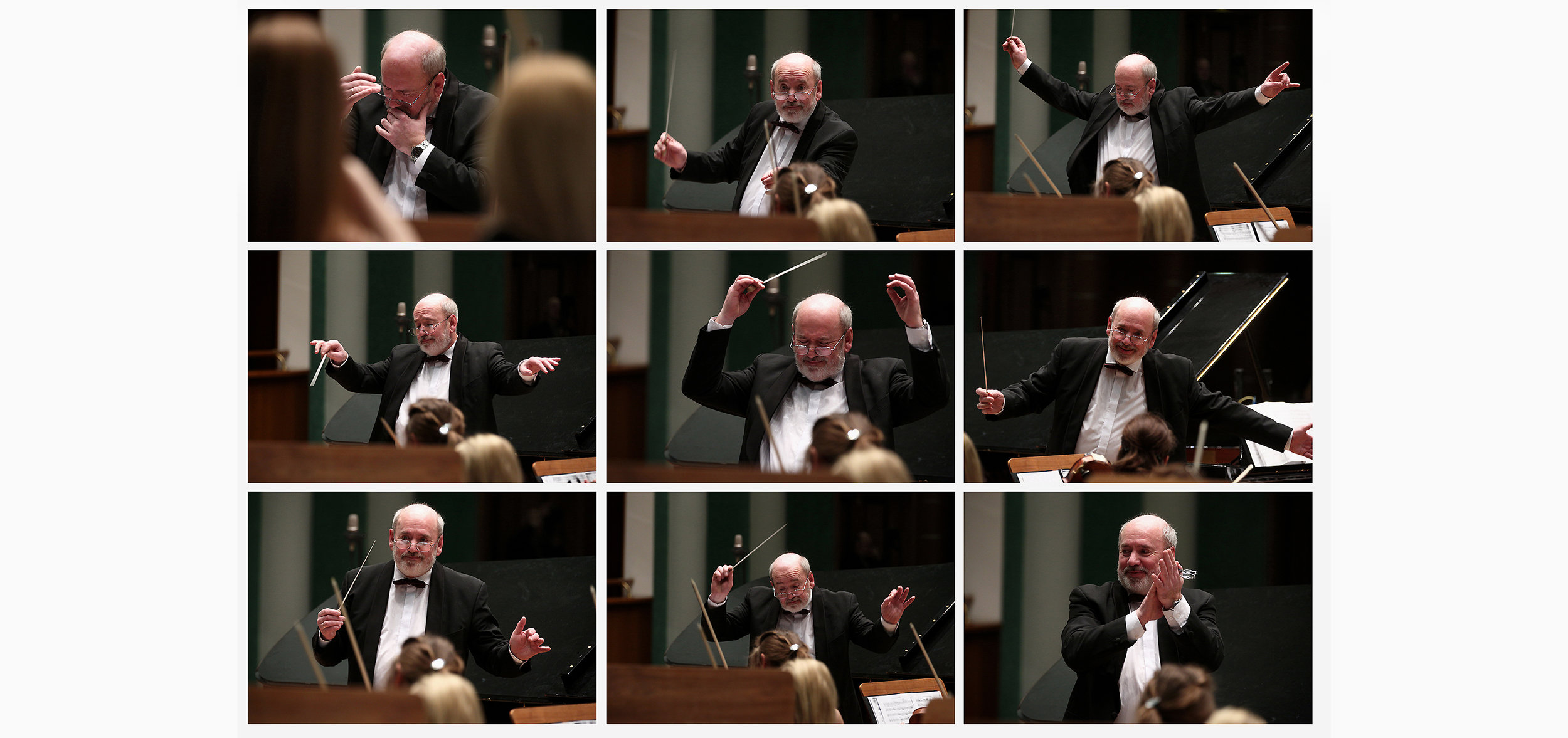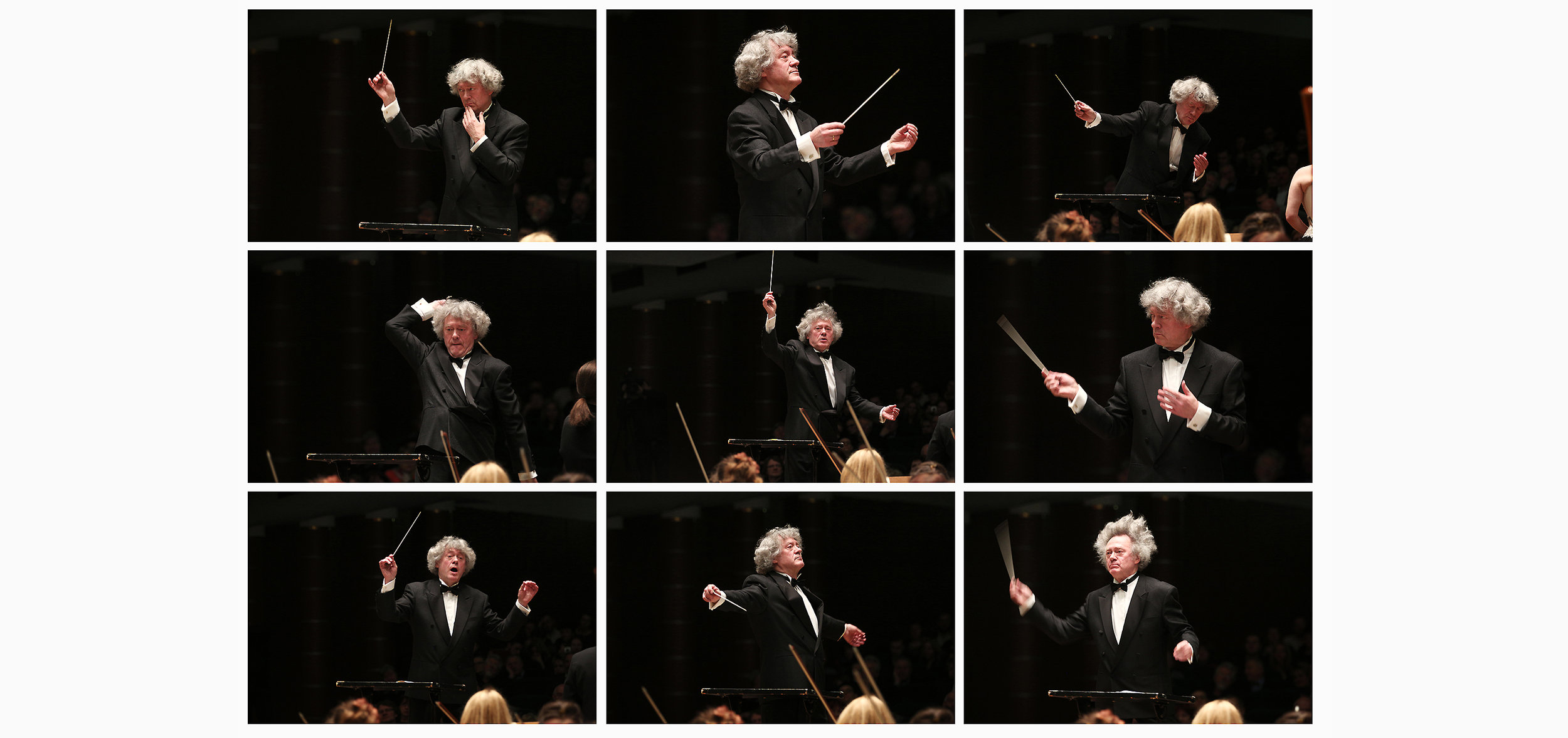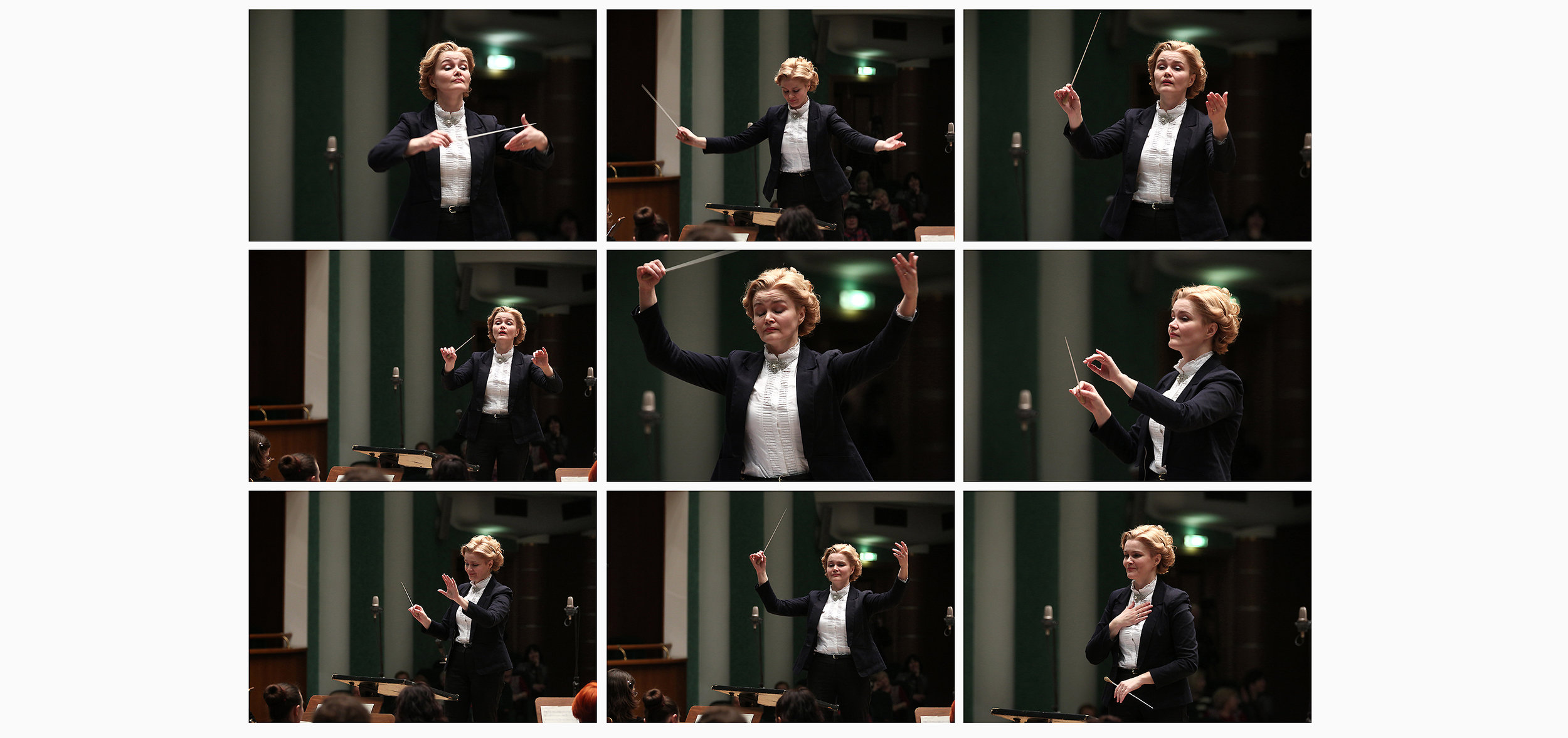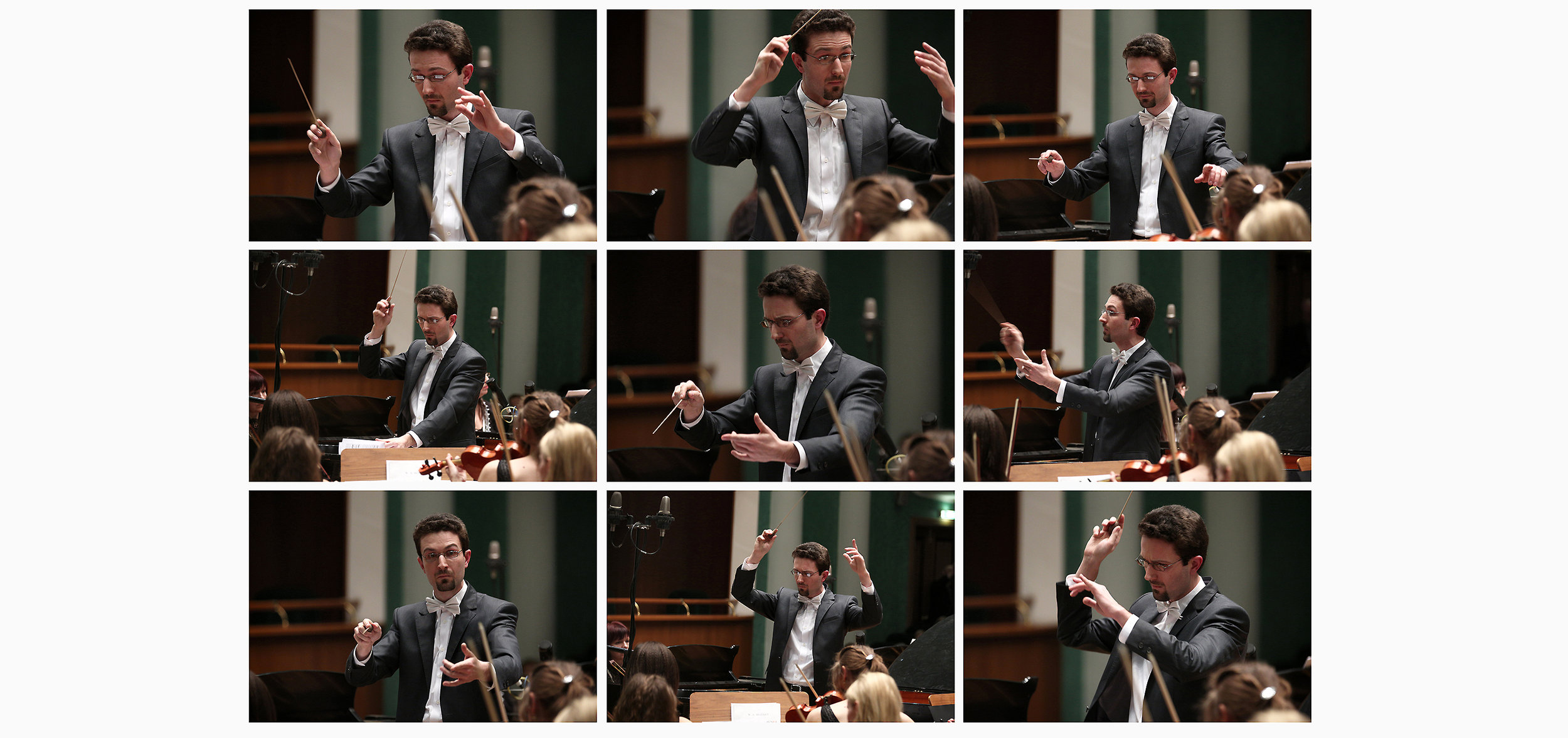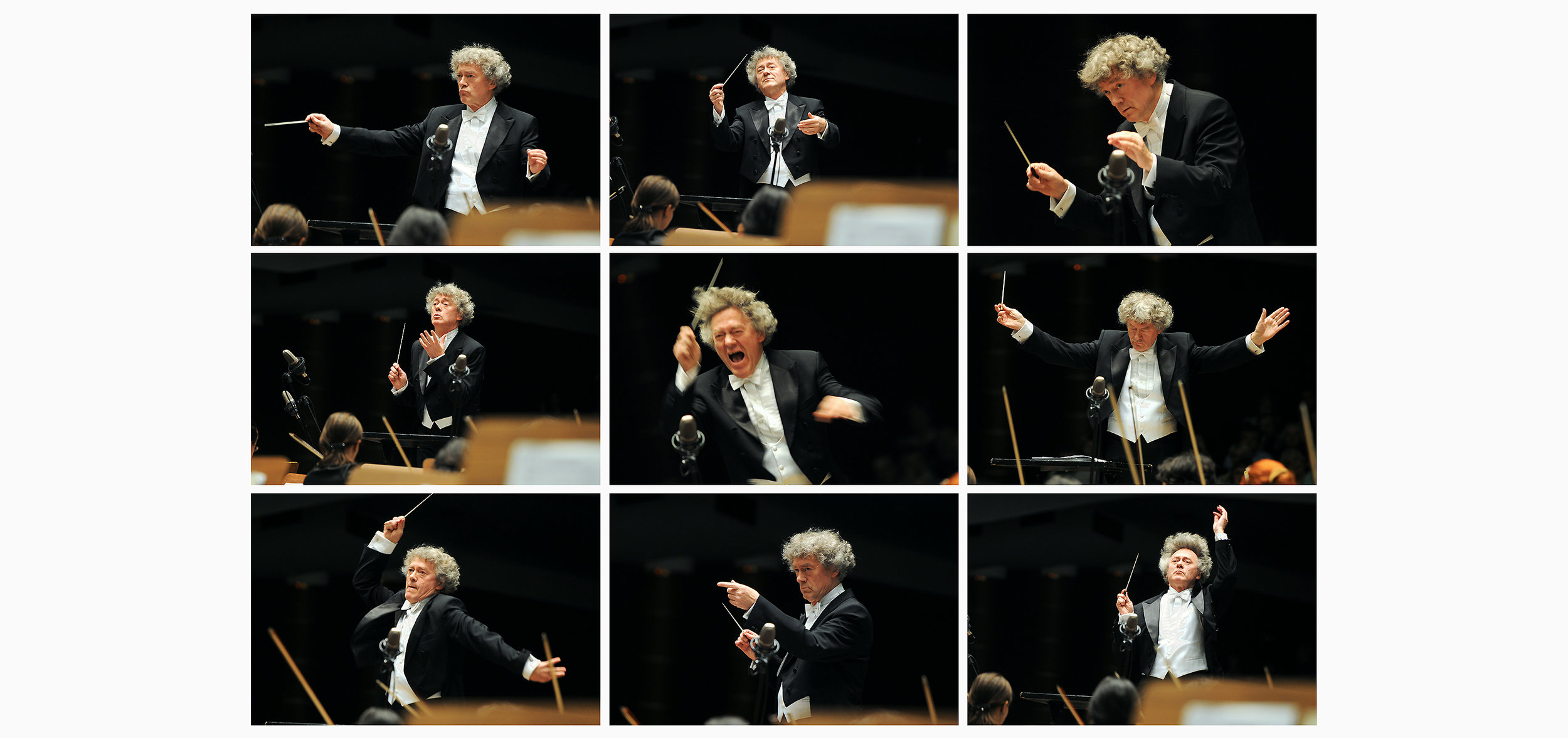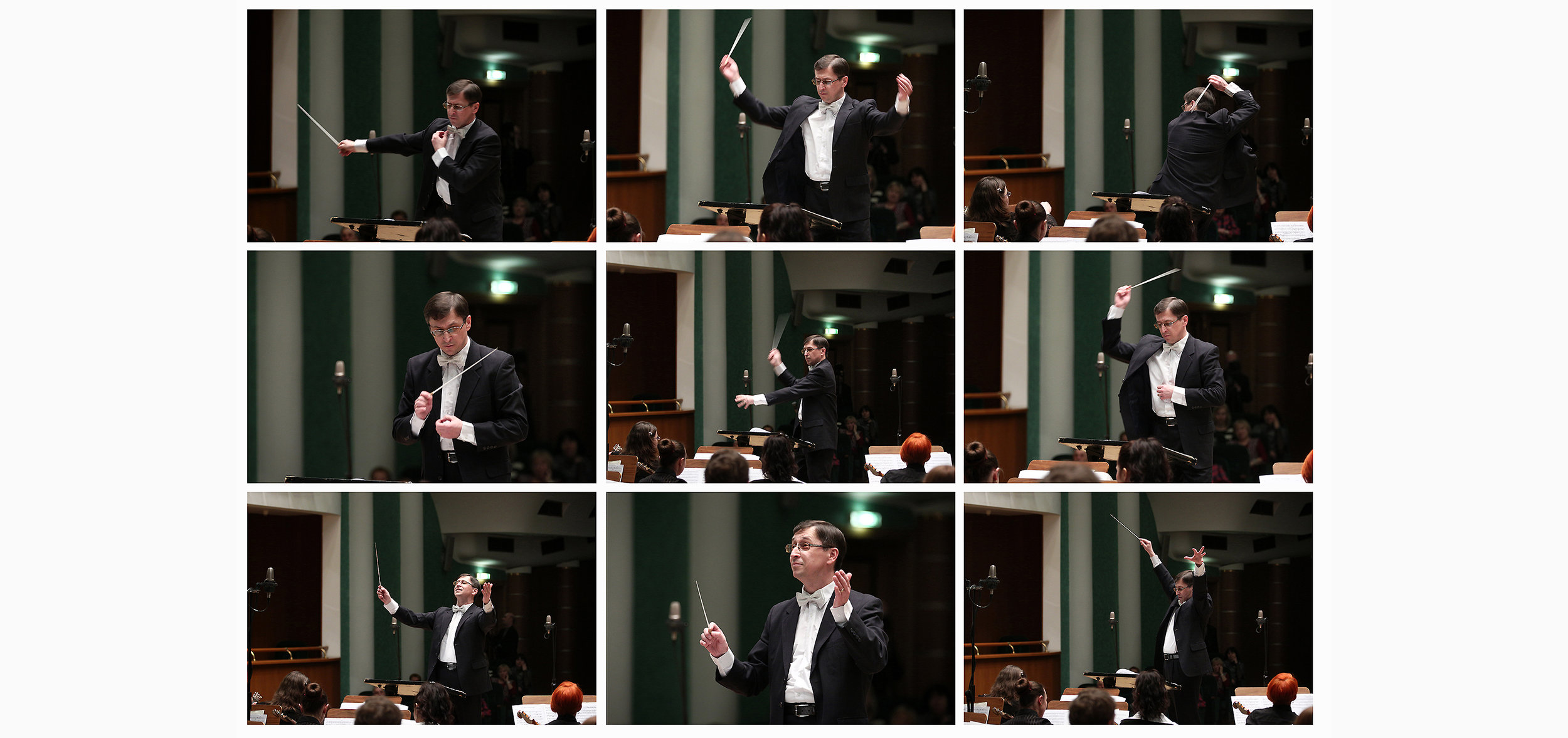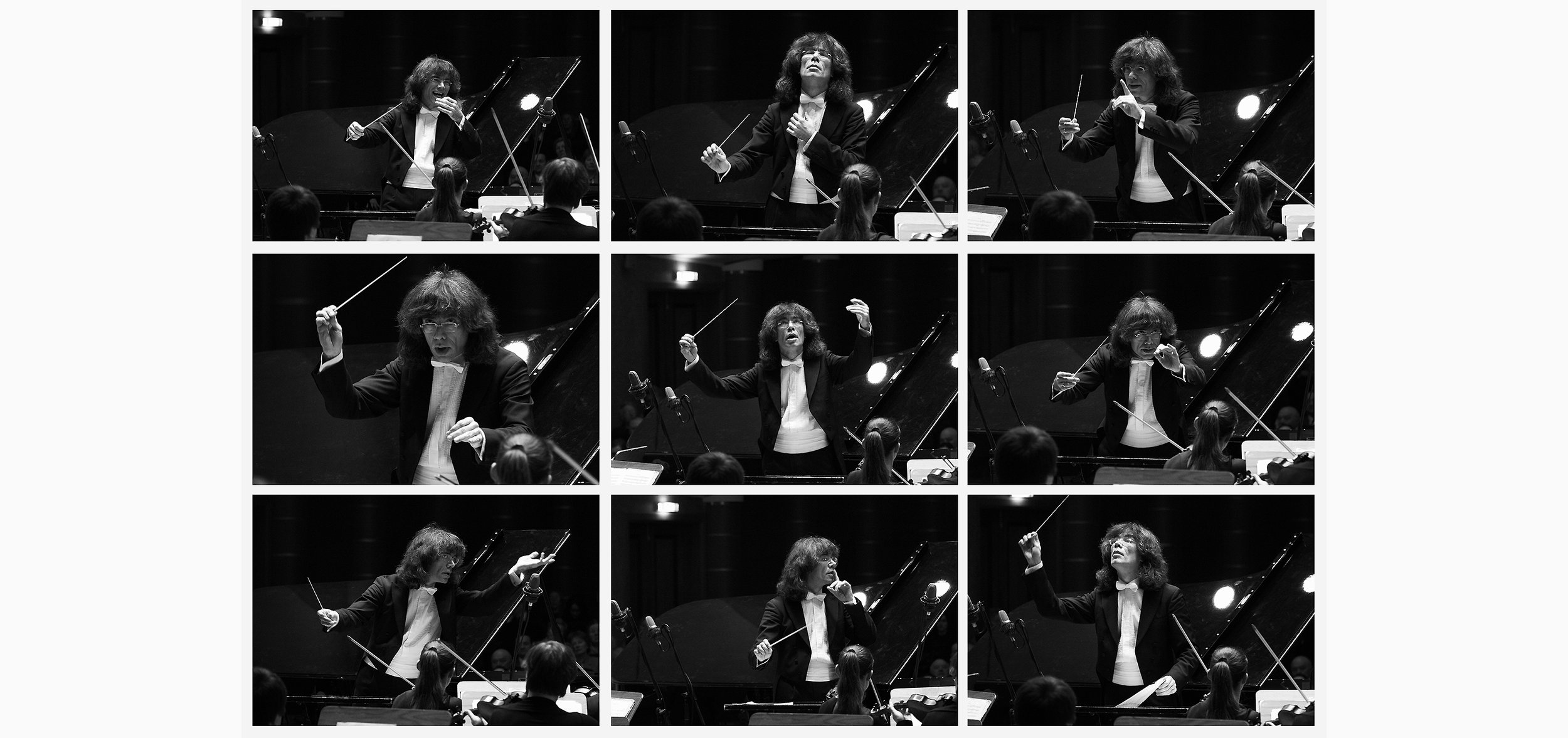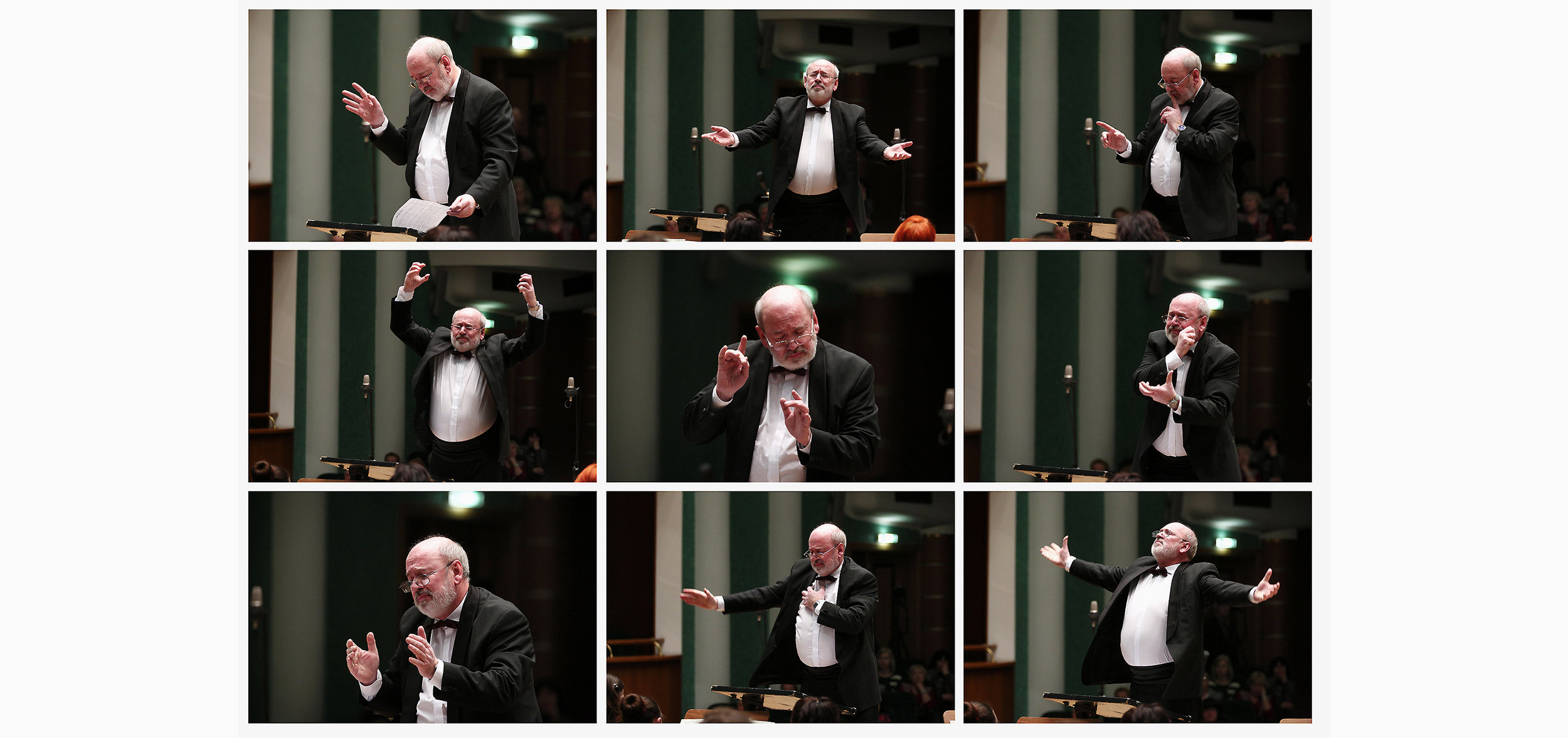Conducting emotions
"...I usually say that with the end of a wand I draw whole paintings...” (Henry J. Wood, English conductor)
Classical music has always been a mystery to me. But probably it was this enigmatic nature which kept making me come back to the halls of the Philharmonic.
Any public encounter with classical pieces performed by professional musicians is a paradox per se. On the one hand, a bursting storm of emotions rising in the listeners’ souls. On the other hand - numerous conventions and restrictions any visit to the Philharmonic is accompanied with: the dress code, moderation and accuracy of manners and behavior, a state of having your body literally "squeezed" between the armrests of a decent soft chair. To perceive and experience the effect of music, we have only ears, eyes and imagination. We do, but not the orchestra conductor. He is the only person to be allowed to express himself emotionally during the performance. But, being a part of the public, we have no opportunity to watch this performance, since for most of the time the conductor faces the hall with his back. The storm of emotions, as if through a semiconductor, passes from him to the orchestra, which reproduces them in music we perceive.
The conductor’s gestures, facial expressions and pantomime movements perform several functions. They express the reaction to the composition and determine what we are going to hear. Movement and music are closely connected: tempo, rhythm, meter and dynamics are both the elements of movement and the way it is expressed through. They arise as a natural manifestation of the musician's emotionality, his "feeling" of the melody as a response to what is experienced at the moment, and it is this which makes the conducting process complete, turning it into an art.
Watching the plasticity, emotions and energy of the Philharmonic conductors, I strive to better understand the compositions, to find the response in my own emotions and the images born in my head when listening. At the same time the photographs are capturing the key moments of the performance, they become an attempt to synthesize the audial and visual channels, my own way to "see" music.
As a part of the exhibition I am planning to equip every photograph with a pair of headphones where the concert recorded during the shooting is going to be played. Thus, the visitors would be able to “listen” to the emotional state of each conductor and try to relate his/her portrait to the fragment of the classical composition, as well as to compare those with their own impressions of the music performed.
* Please see Russian description of the project on the last page of gallery.


